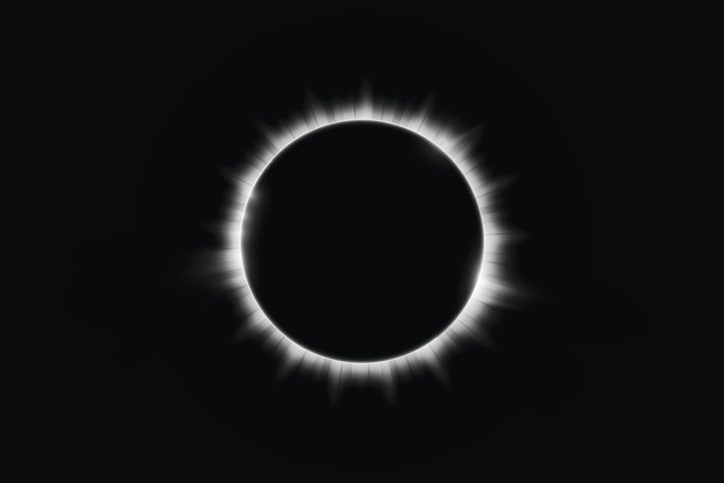The Federal Aviation Administration (FAA) cautioned that there may be problems with air travel before, during, and after the total solar eclipse on April 8.
The unique total solar eclipse will create a path of totality across 13 U.S. states when the moon completely blocks the sun, making the sun’s outermost layer — the corona — visible without equipment.
The eclipse will move across North America, passing over Mexico, the United States, and Canada. It is projected to affect the U.S. from around 2:30 p.m. EDT to 3:40 p.m. EDT, according to the FAA. in a statement.
Most of the country will see at least part of the eclipse, while cities like Dallas and Cleveland will experience totality, according to a report from WJET. WJET reported. WJET is owned by Nexstar Media Group, which also owns The Hill.
The FAA cautioned pilots to get ready for operational adjustments and higher-than-normal traffic at airports along the eclipse’s route. These airports include Burlington International Airport, Syracuse Hancock International Airport, Indianapolis International Airport, Fort Wayne Airport, Cleveland Hopkins International Airport, Buffalo Niagara International Airport, and Austin-Bergstrom International Airport.
While there may be issues on the ground, Delta Air Lines is offering two flights for people to observe the eclipse from the air. The two flights will depart from Dallas-Fort Worth and arrive in Detroit at times that provide travelers with the best opportunity to safely view the solar eclipse.
Delta indicated that viewing opportunities will be available on five additional routes on April 8. listed on their website — and advised passengers aboard these flights to bring protective viewing glasses.
“The April 8 eclipse is the last total eclipse we’ll see over North America until 2044,” Delta Air Lines lead meteorologist Warren Weston wrote in a statement. “This eclipse will last more than twice as long as the one that occurred in 2017, and the path is nearly twice as wide.”









